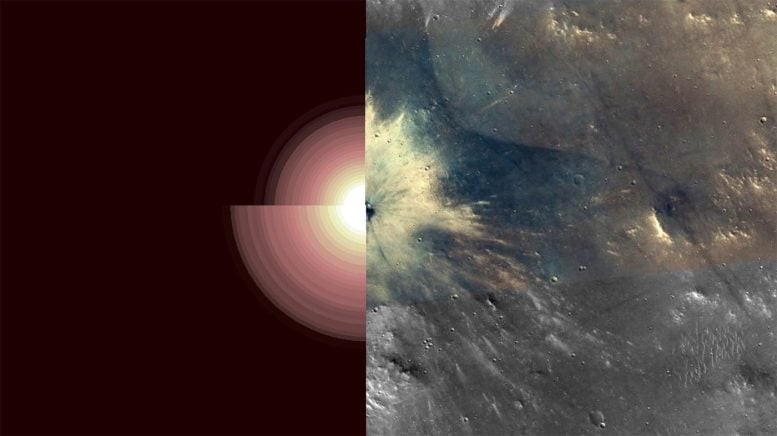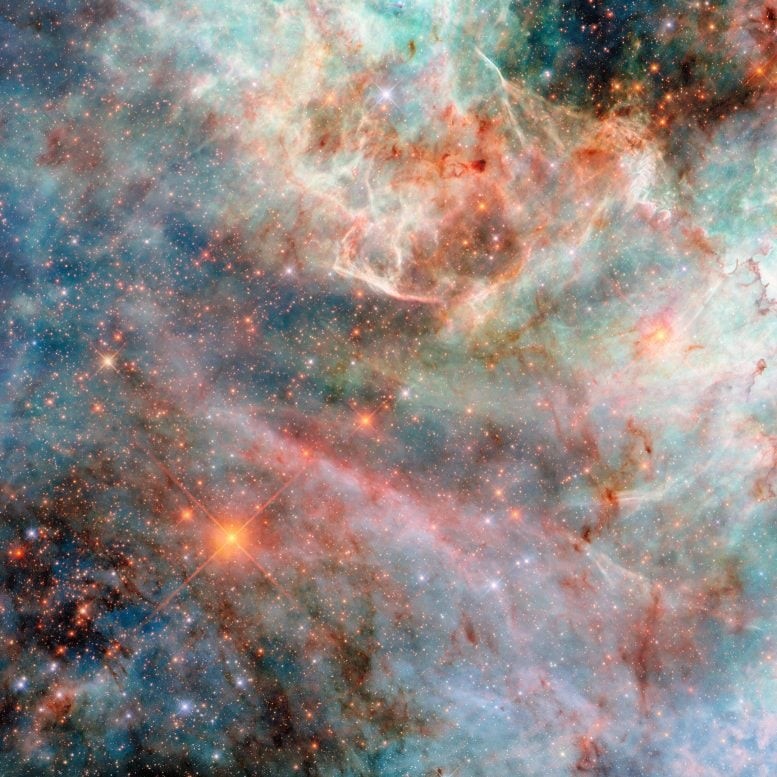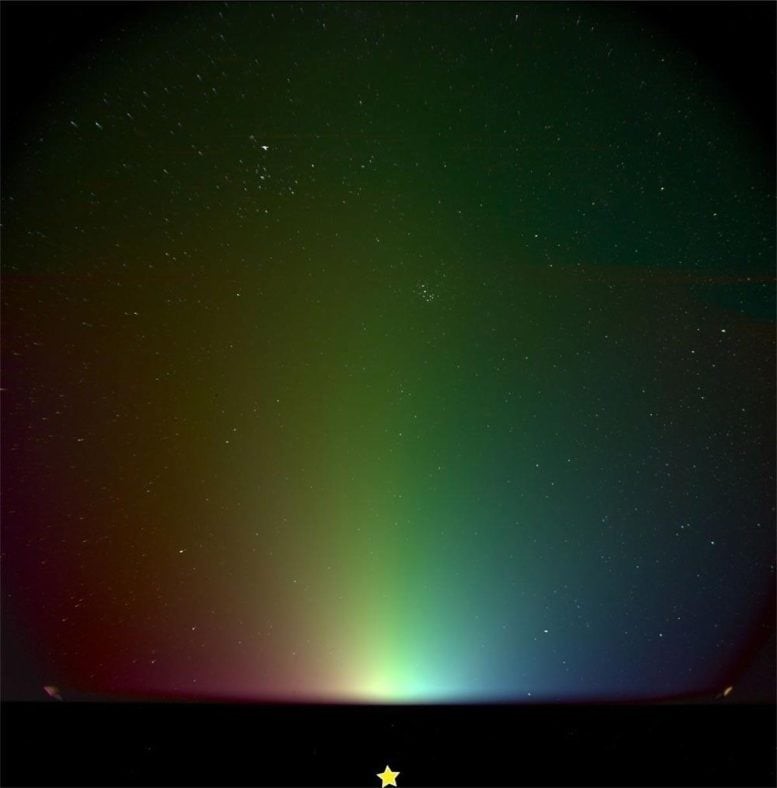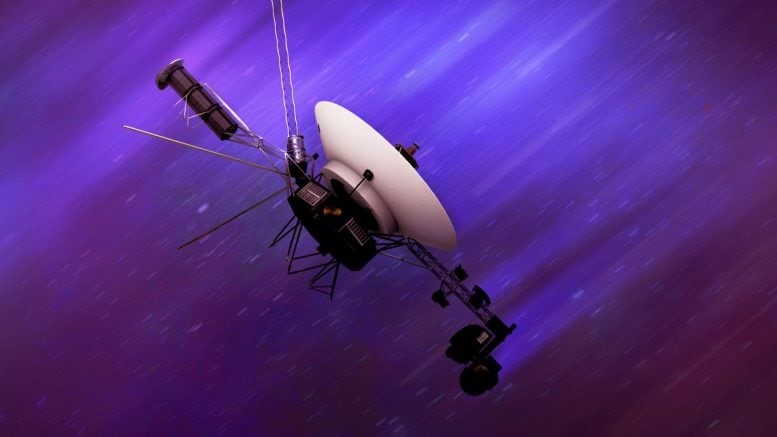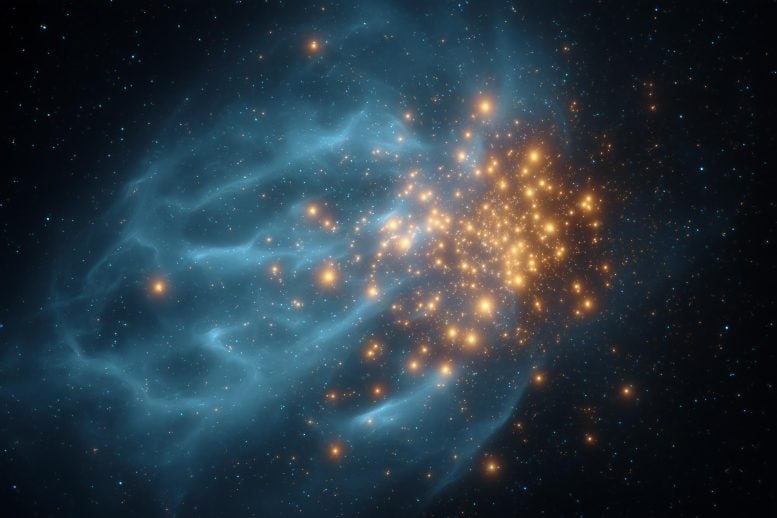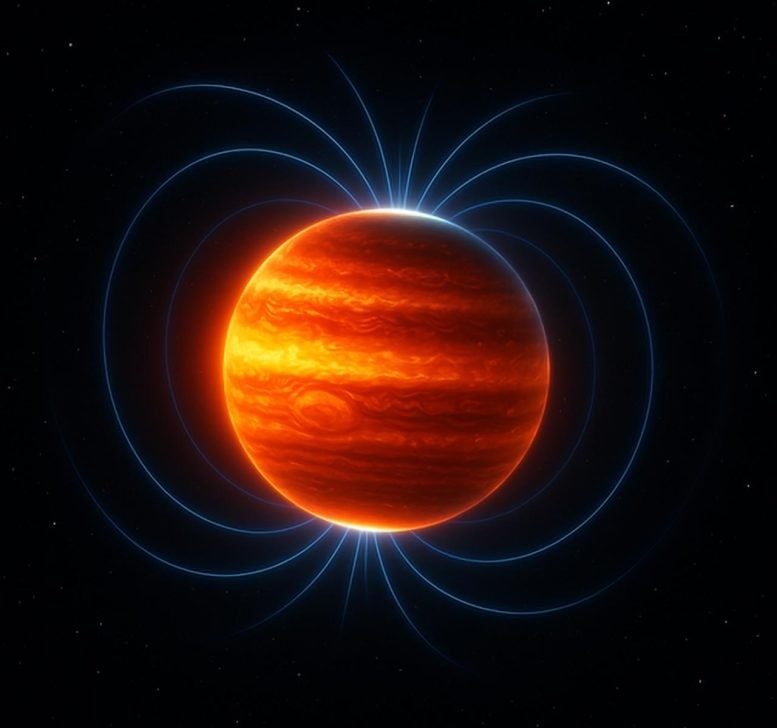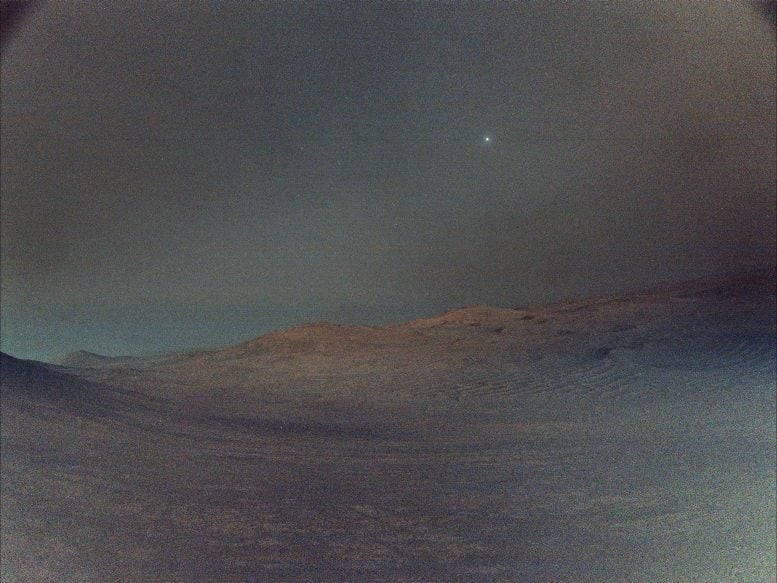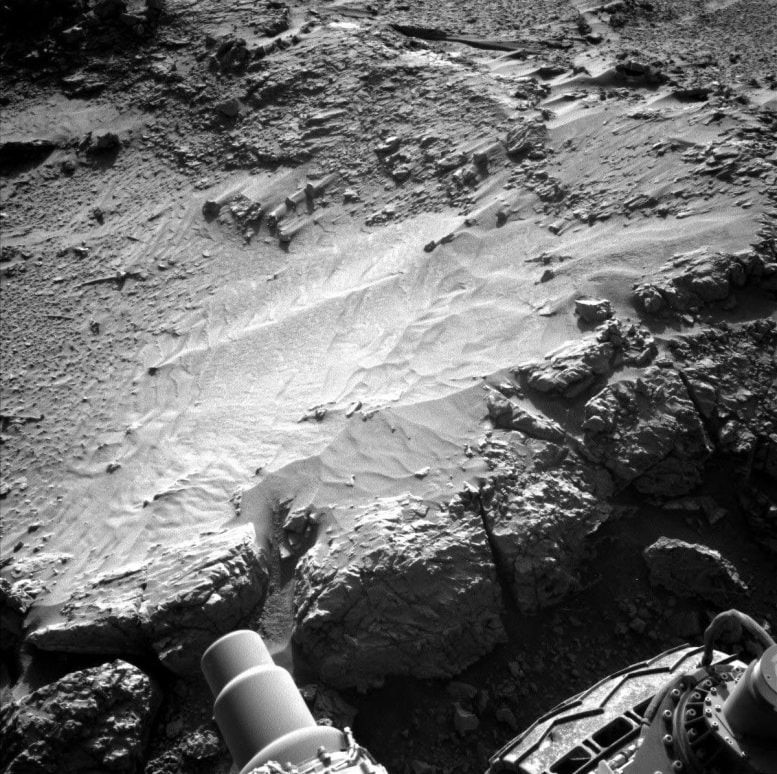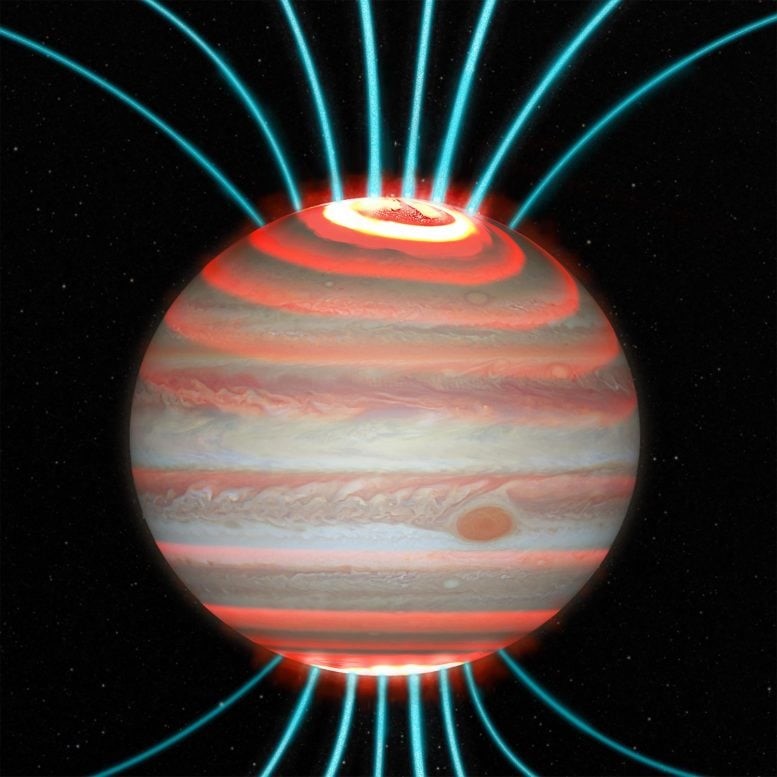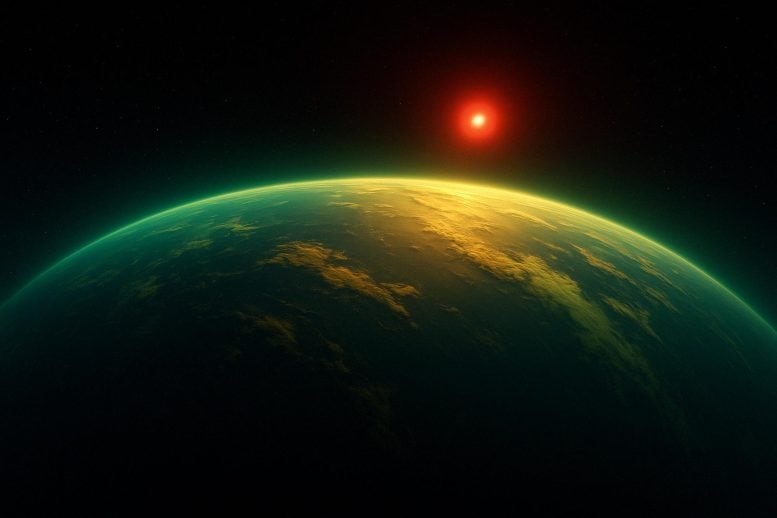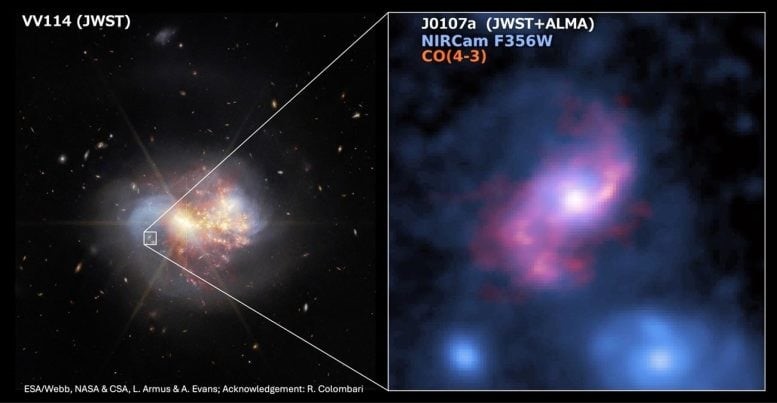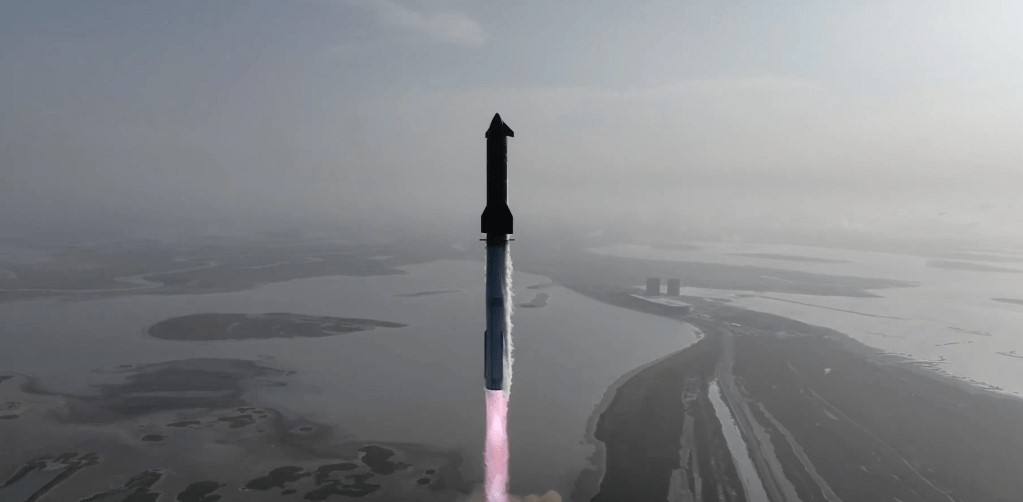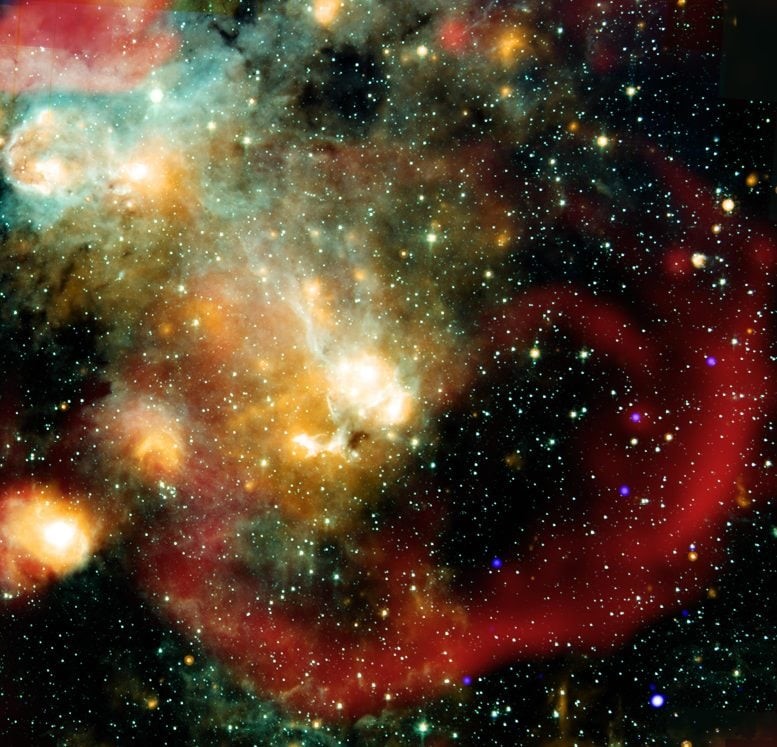Galaxy Attack Powered by Quasar Unveiled in Breathtaking Detail
The “Cosmic Joust”: Galaxies Clash in the Depths of Space
Far out in the Universe, two galaxies are locked in a fast-paced, high-stakes battle. Racing toward each other at roughly 500 kilometers per second, they collide briefly before swinging apart and crashing together once more. Astronomers have dubbed this dramatic encounter the “cosmic joust,” drawing inspiration from the medieval knights’ tournaments. But unlike a chivalrous duel, one galaxy wields a formidable weapon—a quasar. This dazzling core, powered by a supermassive black hole, unleashes a beam of energy that cuts directly through its rival.
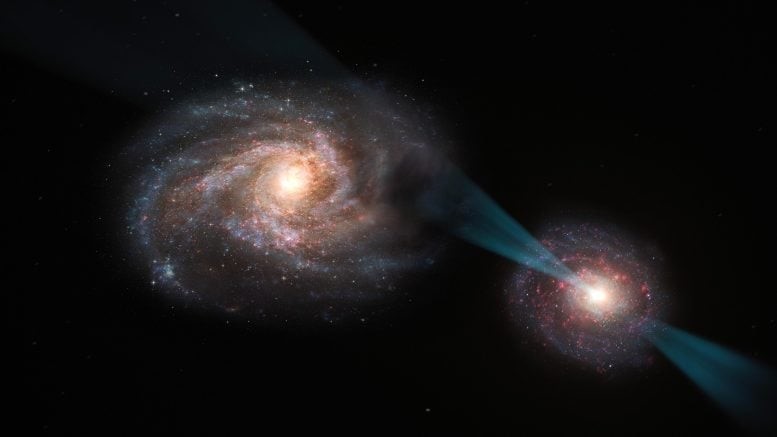
Figure 1. Quasar-Driven Galaxy Clash Captured in Stunning Detail.
Quasars are among the Universe’s brightest phenomena, emitting vast amounts of energy as matter spirals into their central black holes. Such events were far more common billions of years ago, prompting astronomers to peer deep into space to observe them. The light from this particular galactic collision has traveled over 11 billion years to reach Earth, allowing us to witness a moment when the Universe was just 18% of its current age. Figure 1 shows Quasar-Driven Galaxy Clash Captured in Stunning Detail.
Quasar Radiation Disrupts Star Formation
“This is the first time we’ve observed the direct impact of a quasar’s radiation on the internal gas structure of an otherwise normal galaxy,” explains Sergei Balashev, co-lead author of the study and researcher at the Ioffe Institute in St. Petersburg, Russia. The new findings show that radiation from the quasar breaks apart the gas and dust clouds in the neighboring galaxy, leaving behind only the smallest and densest pockets. These remnants are likely too compact to form new stars, dramatically reducing the galaxy’s stellar nurseries.
But the transformation doesn’t stop with the affected galaxy. Balashev adds, “These mergers are believed to funnel vast amounts of gas toward the supermassive black holes at the centers of galaxies.” During this cosmic joust, fresh fuel is delivered to the black hole powering the quasar. As the black hole feeds, the quasar can sustain its destructive assault.
Chilean Telescopes Unveil the Harsh Reality
This research was carried out using ALMA and the X-shooter instrument on ESO’s Very Large Telescope (VLT), both situated in Chile’s Atacama Desert. Thanks to ALMA’s high resolution, astronomers were able to clearly separate the two merging galaxies, which had previously appeared as a single object. Using X-shooter, the team examined the quasar’s light as it passed through the neighboring galaxy, enabling them to observe how the galaxy was impacted by the quasar’s radiation during this cosmic clash.
This video presents a series of animations depicting two interacting galaxies, with one galaxy firing intense radiation through the other in a dramatic cosmic joust. Credit: ESO/M. Kornmesser
Future observations using larger, more powerful telescopes could shed further light on collisions like this. As Noterdaeme explains, a telescope such as ESO’s Extremely Large Telescope “will undoubtedly enable us to advance our detailed study of this and other systems, helping us better understand the evolution of quasars and their impact on both their host galaxies and neighboring ones.”
This video zooms in on a galactic merger in deep space, resembling a ‘cosmic joust.’ One galaxy fire intense radiation from a quasar at its core, piercing through its companion. This powerful radiation disrupts the gas and dust within the affected galaxy, hindering its ability to form new stars. Credit: ESO
Source: SciTECHDaily
Cite this article:
Priyadharshini S (2025), Galaxy Attack Powered by Quasar Unveiled in Breathtaking Detail, AnaTechMaz, pp.372


